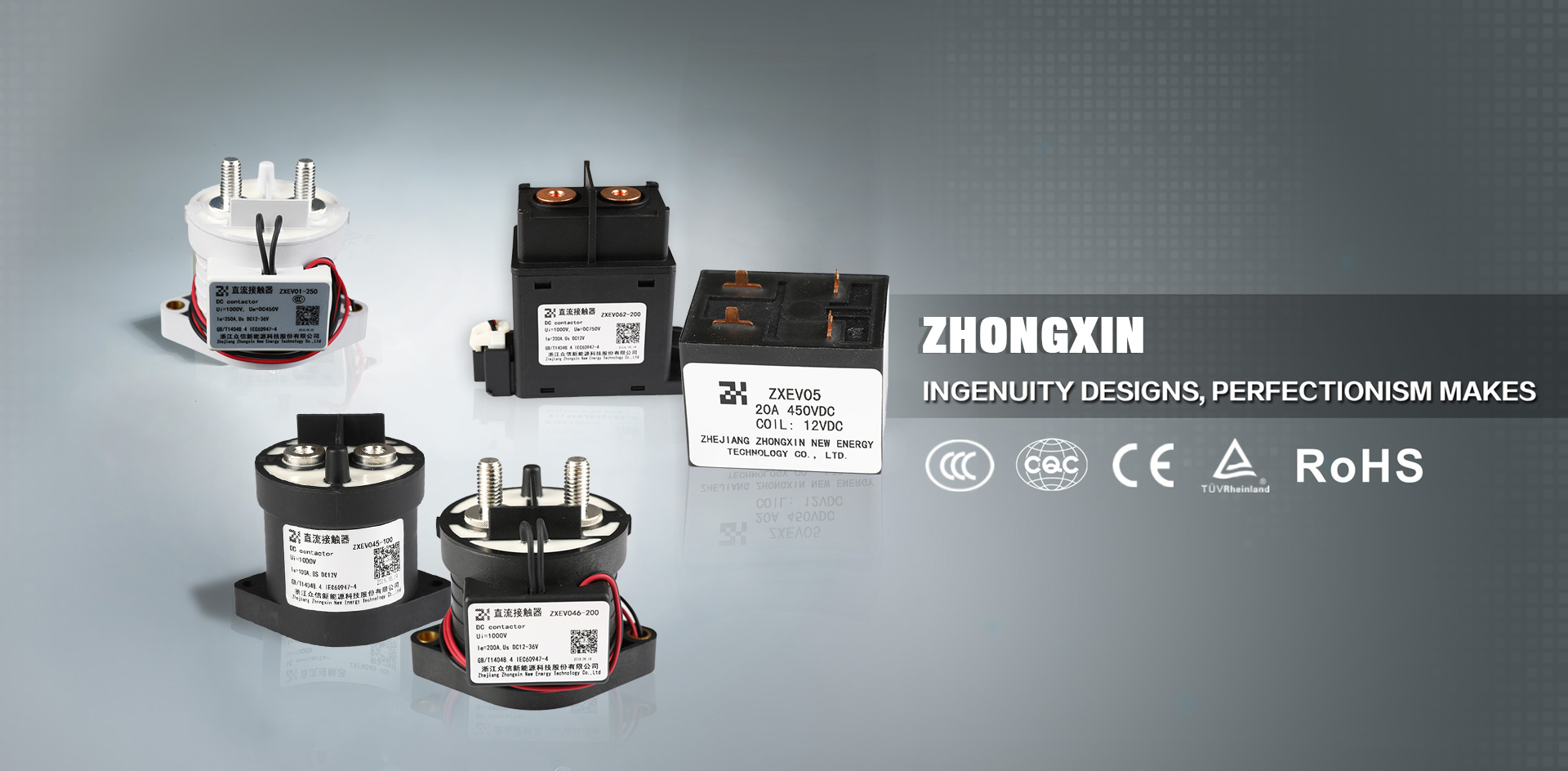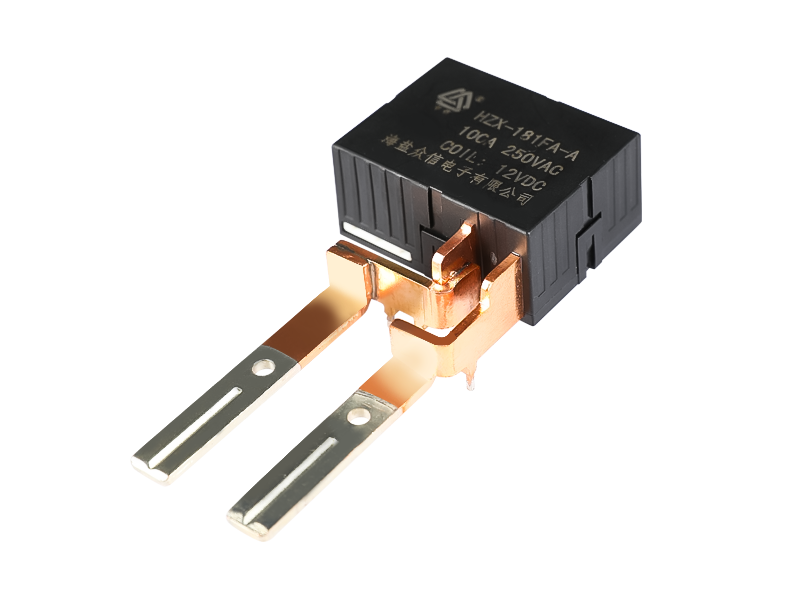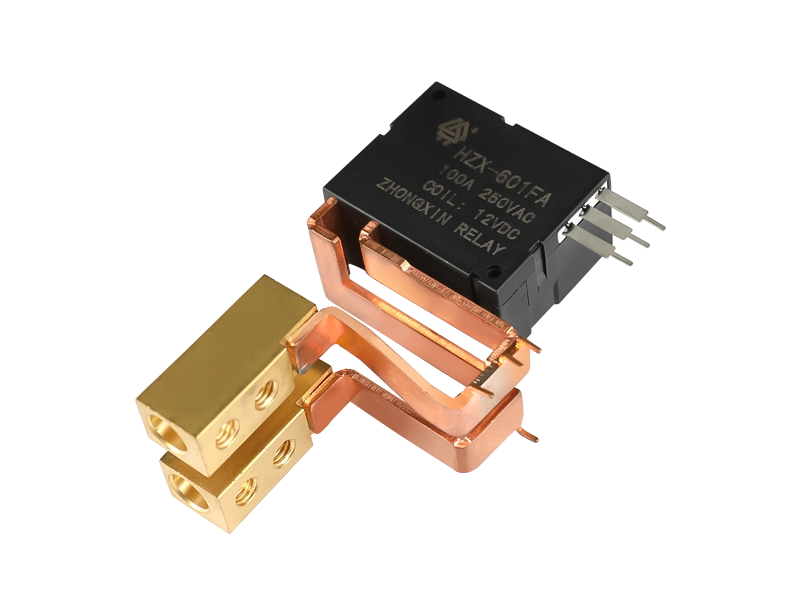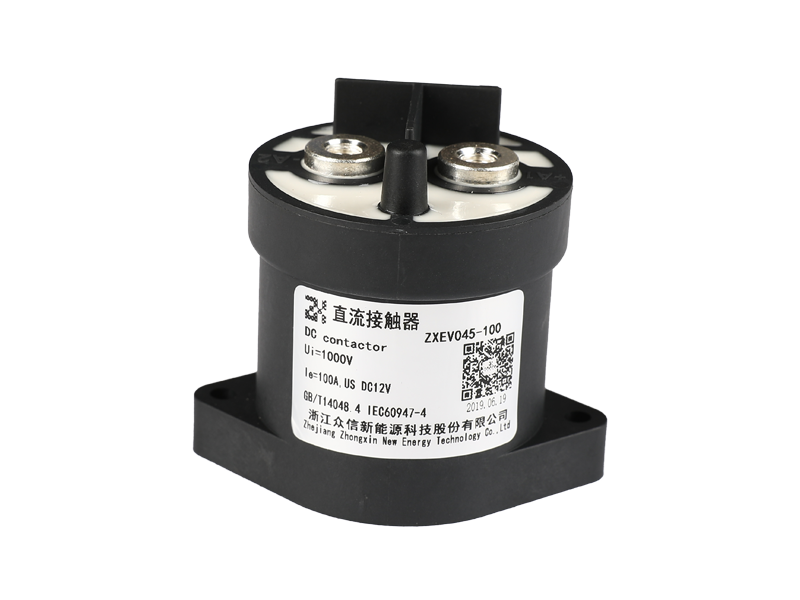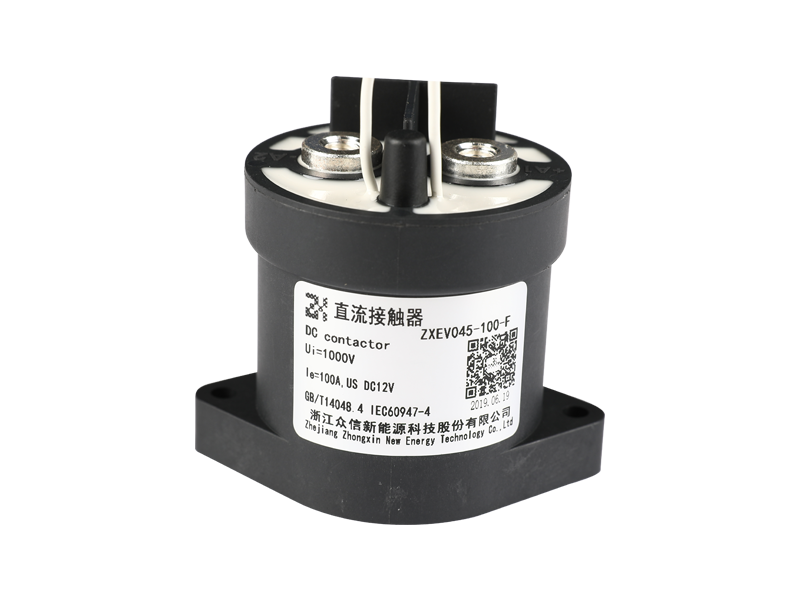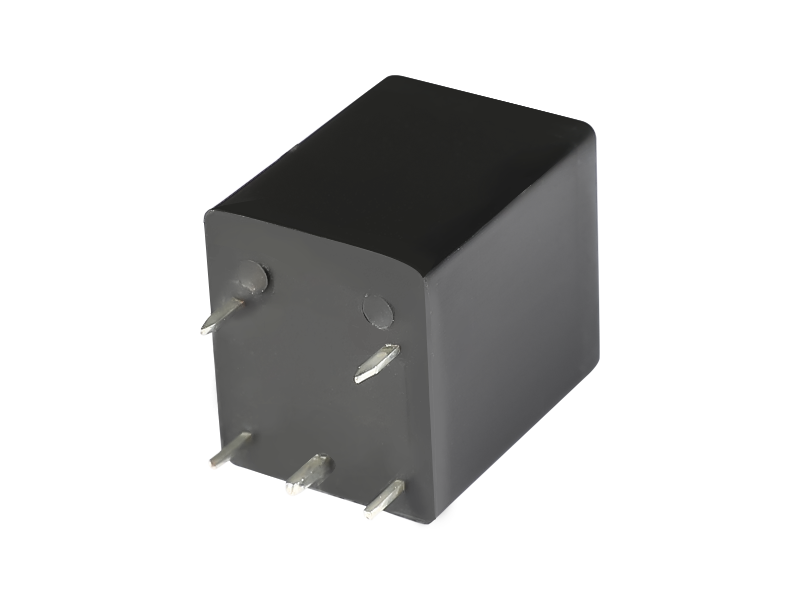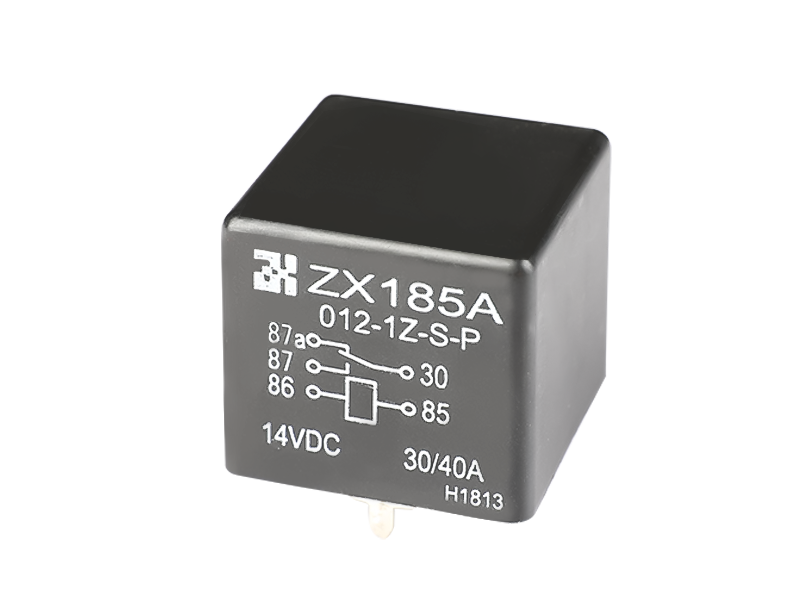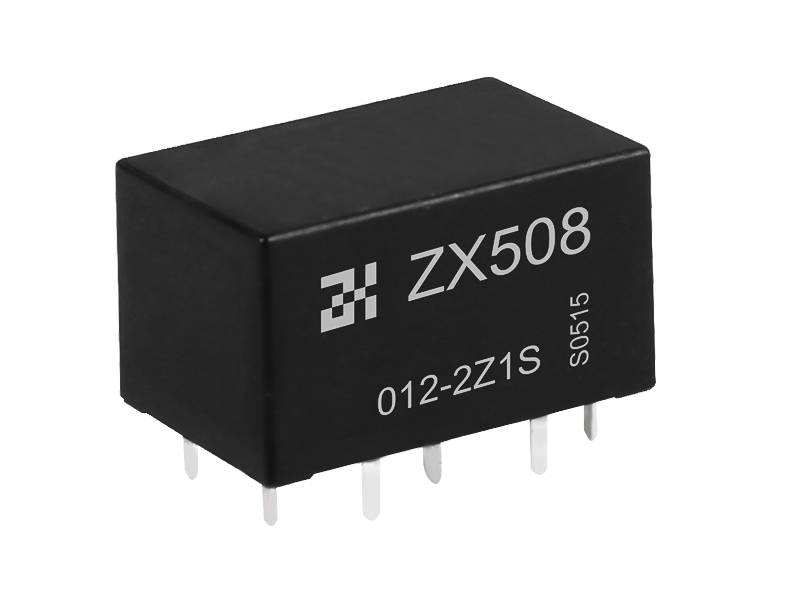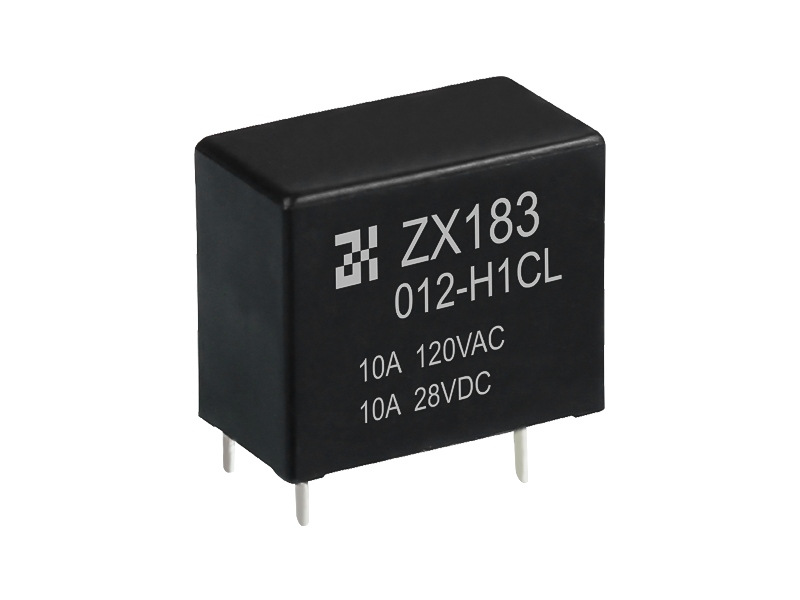The history of
electromagnetic relays dates back to the mid-19th century, when scientists and inventors were exploring the potentials of electromagnetism. Notably, the work of Joseph Henry, an American physicist renowned for his discoveries in electromagnetic induction, laid the foundation for the development of the modern relay. Henry's insights into the relationship between electric currents and magnetic fields paved the way for the construction of relays that utilized electromagnets to control the flow of electrical currents.
An electromagnetic relay comprises several crucial components, including an electromagnet, a set of contacts, and a mechanical system for switching. When an electric current passes through the coil of the electromagnet, it generates a magnetic field that interacts with a movable armature or plunger. This interaction causes the contacts to open or close, allowing for the completion or interruption of the electrical circuit. The ingenious design of electromagnetic relays enables them to act as robust and efficient switches, providing control and protection in diverse electrical systems.
One of the most significant advantages of electromagnetic relays is their ability to provide electrical isolation between the control circuit and the load circuit. This isolation ensures that any faults or disturbances in the load circuit do not affect the control circuit, enhancing the safety and reliability of the overall system. Moreover, electromagnetic relays exhibit remarkable versatility, capable of accommodating various voltage levels and current ratings. This versatility has made them a go-to solution for a wide range of applications, from simple switching tasks to complex automation processes.
Electromagnetic relays can be broadly classified into two types: latching relays and non-latching relays. Latching relays, also known as bistable relays, retain their state even after the control signal is removed. This feature makes them suitable for applications where power consumption needs to be minimized or where maintaining the relay's state during a power outage is critical. Conversely, non-latching relays, also called monostable relays, revert to their original state once the control signal is removed. These relays find extensive use in applications where temporary switching is required.
While solid-state relays based on semiconductor devices have emerged as alternatives to electromagnetic relays, the latter remain widely utilized due to their inherent advantages. Electromagnetic relays offer robustness, reliability, and cost-effectiveness, making them the preferred choice in numerous industries. Additionally, their compatibility with existing systems and proven track record further solidify their position as the go-to solution for many electrical control applications.
